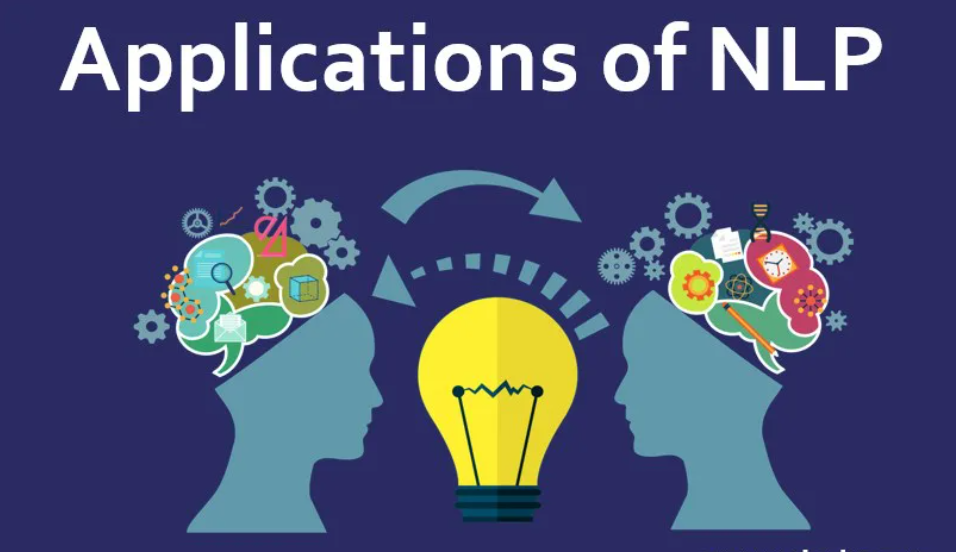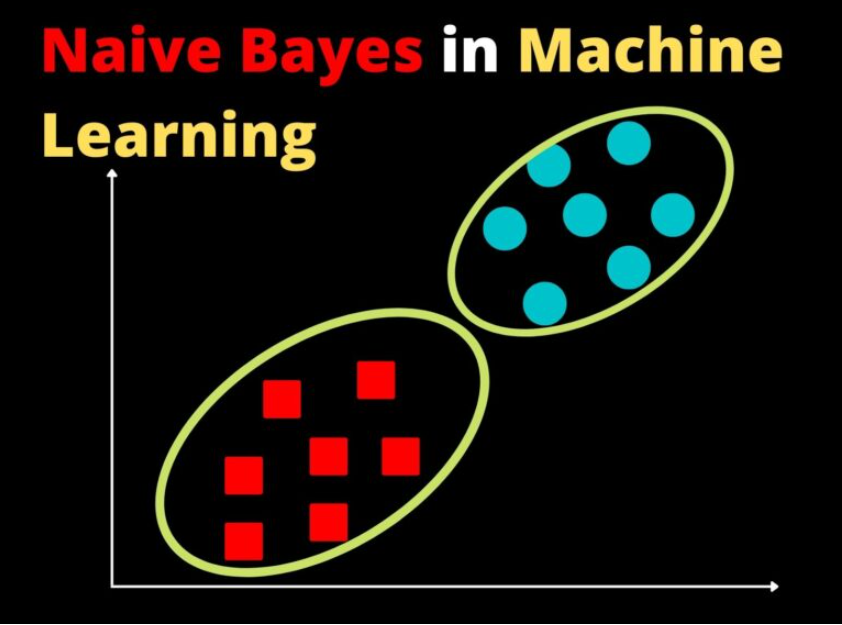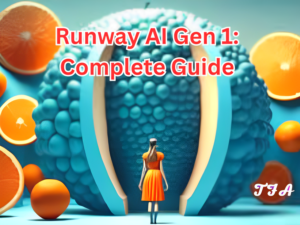What is the Natural Language Processing (NLP) from tokenization to its application in various techniques:

Introduction: A Galaxy Far, Far Away…

The Star Wars universe introduced us to the endearing protocol droid C-3PO in a galaxy far, far away. While the science fiction series may be set in a far-off land, it is becoming more and more common for robots to speak to humans and act in human-like ways every day. These days, we engage with devices on a regular basis that demonstrates this, such as smart assistants, online search engines, and even internet calls. Unexpectedly, none of these things are truly people. How then do they answer to us so intelligently and clearly while sounding so human? The magic of Natural Language Processing (NLP) holds the key to the solution.
What is Natural Language Processing (NLP)?
The area of artificial intelligence known as “natural language processing,” or NLP, gives robots the capacity to read, comprehend, and extrapolate meaning from human languages. In this interesting technology, linguistics and computer science are combined to decipher the rules and structure of language. NLP makes it possible to build models that can understand, examine, and extract valuable information from voice and text.
People engage with one another every day, exchanging enormous volumes of publicly accessible data on social media and other online platforms. This wealth of information contains insightful knowledge on consumer behaviour and human nature. By teaching computers to emulate human language behaviour, data analysts and machine learning specialists may save a lot of time and money by decreasing the need for human interaction in numerous jobs.
Everyday Applications of NLP
The impact of NLP is far more than we may realise. We rely on NLP’s powers in circumstances that appear unremarkable and unimportant. For instance, autocorrect intervenes to assist when you’re unsure of a word’s spelling. A plagiarism checker searches the internet for potential matches in order to determine whether your essay or thesis violates any copyright laws. These are only a few instances of how NLP improves our day-to-day activities.
Making NLP Understandable
Although NLP could appear to be a cutting-edge and difficult technological subject, it is actually surprisingly simple to understand. A document or article must be processed into a form that is simple enough for a computer to grasp in order for the content to be understood by an algorithm. Think of it as the first time you teach a child to read. Segmentation is the first step in the process, which divides the entire document into its individual phrases using punctuation like commas and full stops. By assisting the algorithm in comprehending these lines, we give it the ability to learn from the text and react in a more realistic way.

Navigating the Techniques of Natural Language Processing (NLP)
Language and technology combine in the dynamic field of natural language processing (NLP), opening up incredible possibilities. The magical realm of human-machine communication is given life by a variety of NLP approaches,from the delicate ballet of part-of-speech tagging to the art of tokenization.
1) Tokenization: Breaking Down the Sentence
The initial stage of Natural Language Processing (NLP) is to separate a phrase into its component words, each of which is referred to as a token. Tokenization is the name given to this procedure. The words are stored as distinct entities after being tokenized, which makes it easier for the algorithm to process them.
2) Stop Words: Eliminating Non-Essential Words
To expedite the learning process, we can remove non-essential words that do not contribute significantly to the meaning of the statement. These words, such as “are” and “the,” are called stop words. Eliminating them makes the statement more cohesive and focused.
3) Stemming and Lemmatization: Simplifying Word Forms
To explain the basic form of our document to the machine, we address word variations caused by prefixes and suffixes. This process is called stemming, where words like “skipping,” “skips,” and “skipped” are recognized as the same root word. Additionally, we identify the base words for different word tenses, moods, genders, etc. This is called lemmatization, with the base word being referred to as the lemma.
4) Part of Speech Tagging: Identifying Word Categories
Next, we introduce the concept of nouns, verbs, articles, and other parts of speech to the machine by adding tags to our words. This process is called part of speech tagging, which helps the algorithm understand the role and function of each word in the sentence.
5) Named Entity Tagging: Recognizing Pop Culture and Names
We highlight terms that relate to films, notable people, places, etc. that may exist in the document to acquaint the machine with pop culture allusions and common names. This process called named entity tagging, enables the algorithm to recognise and classify these things.
6) Machine Learning Algorithms in NLP: Teaching the Model

Once we have our basis words and tags, we train our model to recognise human sentiment and voice using machine learning methods like Naive Bayes. Tokenized, stemmed, and tagged words are used by these algorithms to uncover linguistic patterns and correlations.
Final Thought
Now, in order to respond to the question, b) tokenization is the NLP approach used to extract words from phrases. By dividing the language down into its constituent words, tokenization enables us to examine and evaluate each word independently. Tokenization, stop word removal, stemming, lemmatization, part-of-speech tagging, and named entity tagging are just a few of the methods included in NLP. These ostensibly sophisticated procedures have their roots in the elementary grammar principles we study in school. NLP specialists are in high demand on the job market as the need for automated language solutions rises, and employers are willing to pay top dollar for their knowledge. Continue your research, maintain your curiosity, and check back often for more fascinating tech ideas from Tech Forward AI!


